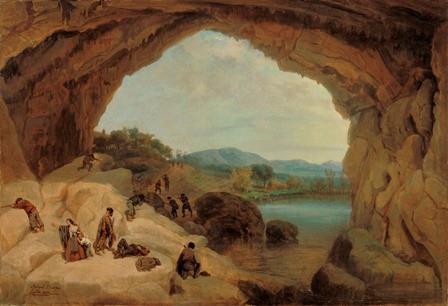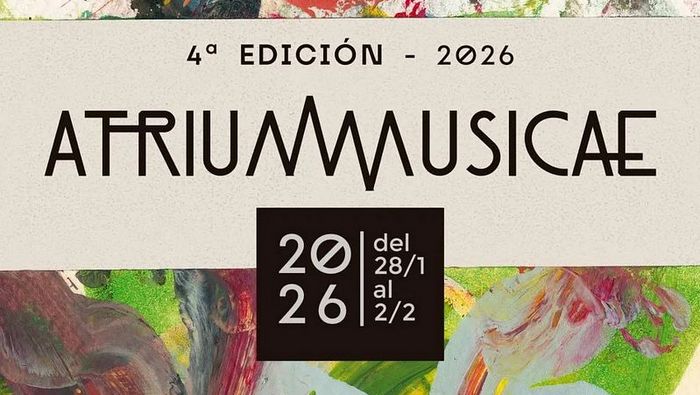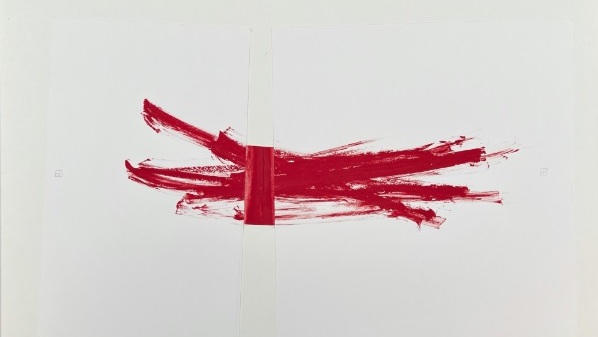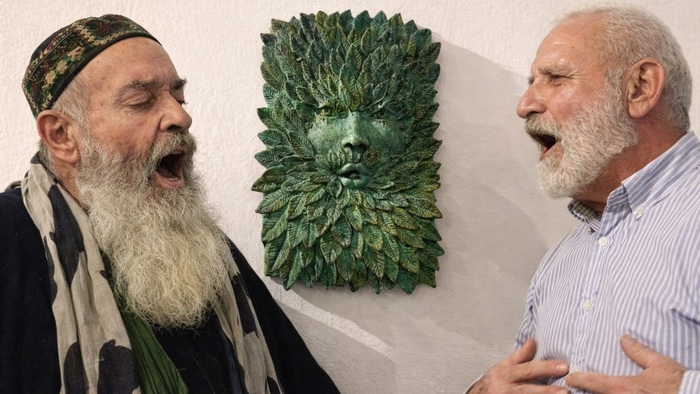 To mark the bicentenary of Manuel Barrón and Carrillo (Sevilla, 1814-1884), the Museo Carmen Thyssen Málaga pays homage to the great master of romantic landscape painting in Andalusia with an intervention project that brings together eight works of the Carmen Thyssen. It is the first project of its kind that develops in the Palacio de Villalon in order to encourage, stimulate and create new expository speeches to the works of the Carmen Thyssen. From now until January 11 next year.
To mark the bicentenary of Manuel Barrón and Carrillo (Sevilla, 1814-1884), the Museo Carmen Thyssen Málaga pays homage to the great master of romantic landscape painting in Andalusia with an intervention project that brings together eight works of the Carmen Thyssen. It is the first project of its kind that develops in the Palacio de Villalon in order to encourage, stimulate and create new expository speeches to the works of the Carmen Thyssen. From now until January 11 next year.
The eight works that integrate the Manuel Barrón, 1814-2014 project. Bicentennial are: Vista de Cádiz, 1854; Puerto de Málaga, 1847; Vista del Guadalquivir, 1854; Crossing the Guadalquivir, c.1855; Popular festival around Sevilla, c.1845-1850; Harbour View Miravete, ancient way of Madrid, 1869; Ambushing bandits in the Cueva del Gato, 1869; and work rondeño Landscape with bandits, 1856.
"This project is based on a new line of work around the permanent collection of the Museum with which we want to establish short stories or more arrested over her eyes and flesh out the story of an author or a work of art, in order to nearest the viewer make it, "says artistic director of the Museum. He adds that "in this case the permanent collection of the Museum is energized, setting other readings or revisions to those already established in his usual speech."
All the works in Manuel Barrón, 1814-2014. Bicentennial, and exposed in the permanent collection of the Museum, witness the evolution of Manuel Barrón and Carrillo, who was a pupil of the painter Antonio Cabral Bejarano, from classical compositions, descriptive, orderly and predominance of drawing towards fully romantic works, which had a decisive influence the great Romantic landscape painters who visited Sevilla Genaro Pérez Villamil and David Roberts and Barron met.
Manuel Barrón and Carrillo, the great master of landscapes in Andalusia
He was a pupil of Antonio Cabral Bejarano, also present in the Carmen Thyssen Collection. Barron trained at the School of Fine Arts of Seville, being attentive student between 1828 and 1835. Years later, in 1872, would become director of the same, responsibility he held until his death on January 15, 1884 also was an active character, promoting the creation of Artistic Lyceum in 1838, and being a member of the Economic Society of Friends of the Country.
Barrón and Carrillo, brought a decidedly artistic production starring landscape. He also worked other genres such as still life or portrait, but is producing less true landscape outside his specialty. Carmen Thyssen has a rich repertoire of this author, composed of eight representative works of the most common issues. Parts are characterized by the use of a balanced composition, a calm color and a chromatic range provided.
Three of the works in the collection represent views of cities. In these pictures the painter shows his monumental buildings, linking the idea of ??romantic landscape with the picturesque. These works, medium format, were directed to a prosperous bourgeoisie who wanted to decorate their mansions and domestic environments with memories of cities and views, also served a timid foreign trade, which used them as souvenirs. Sometimes these pictures, descriptive essence, though idealized, are inspired by the graphic work that illustrated travel books. This is the case in view of the Port of Malaga, 1847, engraving inspired by Alexandre de Laborde, part of the book published in Paris in 1806, Voyage pittoresque et historique de l'Espagne.
Other examples present in the Carmen Thyssen are Vista de Cádiz, 1854, which shows a powerful vision of its walls, demonstrating the importance of the city as a metropolis of the American colonies during the eighteenth century, and the most graceful and courteous vision Sevilla, with the generous and monumental city perspective offered to travelers arriving from the south, plying the river in view of the Guadalquivir, 1854. It can be seen the Torre del Oro, San Telmo Palace and the Cathedral, without forget the social activity of its population, the working class seeking sustenance fishing in the river, and the aristocracy and bourgeoisie walking with stylish outfits for their bank. The Seville and the surrounding countryside, were protagonists of representations of festive and friendly character, where the painter does not forget the human presence, small proportion against the landscape, one of the constants of his works.
By 1830 Spain had already become an exotic destination for writers and painters. Many travelers from Europe changed the destiny of the Grand Tour, which started from the British Isles or France to go to Italy for a final in a different country, whose difficult terrain and ancient customs gave them the idea of ??adventure.
In 1829 the American diplomat Washington Irving was in Spain and genuinely fascinated by the remains of the Spanish-Muslim culture. He was not alone, close to that time, other travelers, including Richard Ford, who in 1830 moved to the mainland fixing his winter residence in Seville and living during the summer at the Alhambra. Barron was no stranger to it, as demonstrated in The Alcazar of Seville, 1850 (Museum of Romanticism).
Another favorite was the scenery of the Serrania de Ronda, its hollows and caves and difficult terrain led it to be a place of refuge and guerrillas to bandits and smugglers. These characters outside the law, were involved in the nineteenth century in a halo of legend, sponsored by the literature that showed prototypes between popular and rebellion. Praised as heroes of marginality that made them different things, hence they became special issue for romance.
Of the works that owns the Carmen Thyssen, three of them confirm the painter like this. Harbour View Miravete, ancient way of Madrid, 1869, which shows the scene of assault with a sense of humor, under the backdrop of a beautiful sunset, Ronda Landscape with bandits, 1856, and Ambush bandits in Cueva del Gato, 1869, in these works unleashes his theatrical and dramatic landscape concept, not to mention an emotional concept thereof. Interestingly, the Cueva del Gato be an orographic enclave painted several times by Barron. Smuggler is the case in the Serrania de Ronda, c. 1850 (Museum of Romanticism, Oil on canvas) or smugglers in the Cueva del Gato, (Museum of Fine Arts of Seville) where there are two other pieces that form a small thematic series, Sandpipers at the foot of the city of Ronda, and Smugglers in the Serrania de Ronda.
Source: LogoPress
Publicaciones relacionadas

Atrium Musicae amplía su oferta a 6 días y 16 conciertos
Enero 05, 2026















